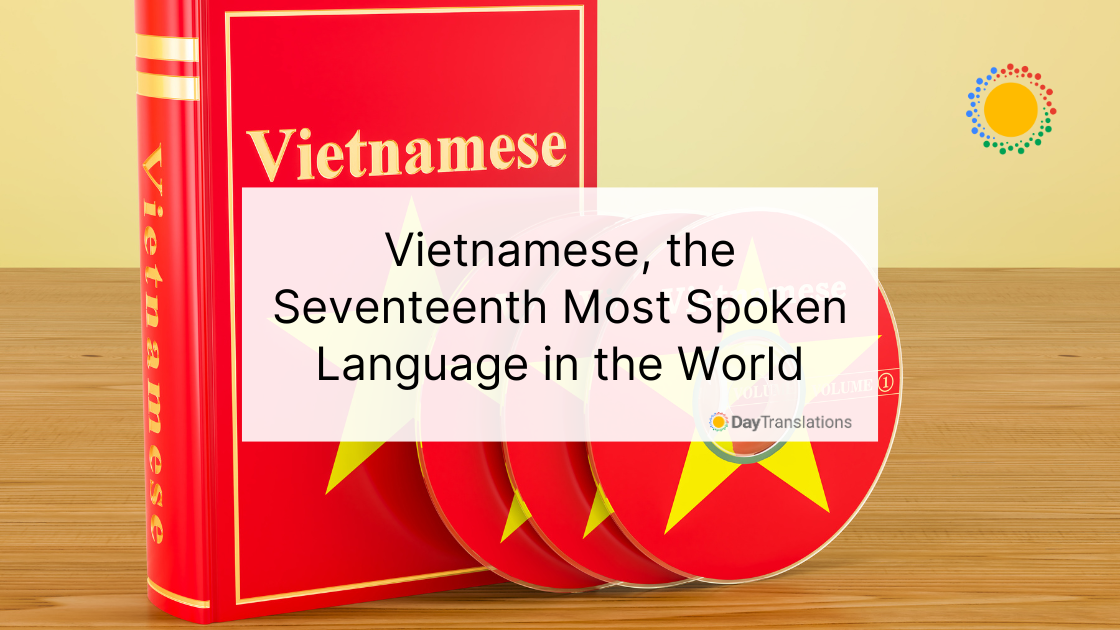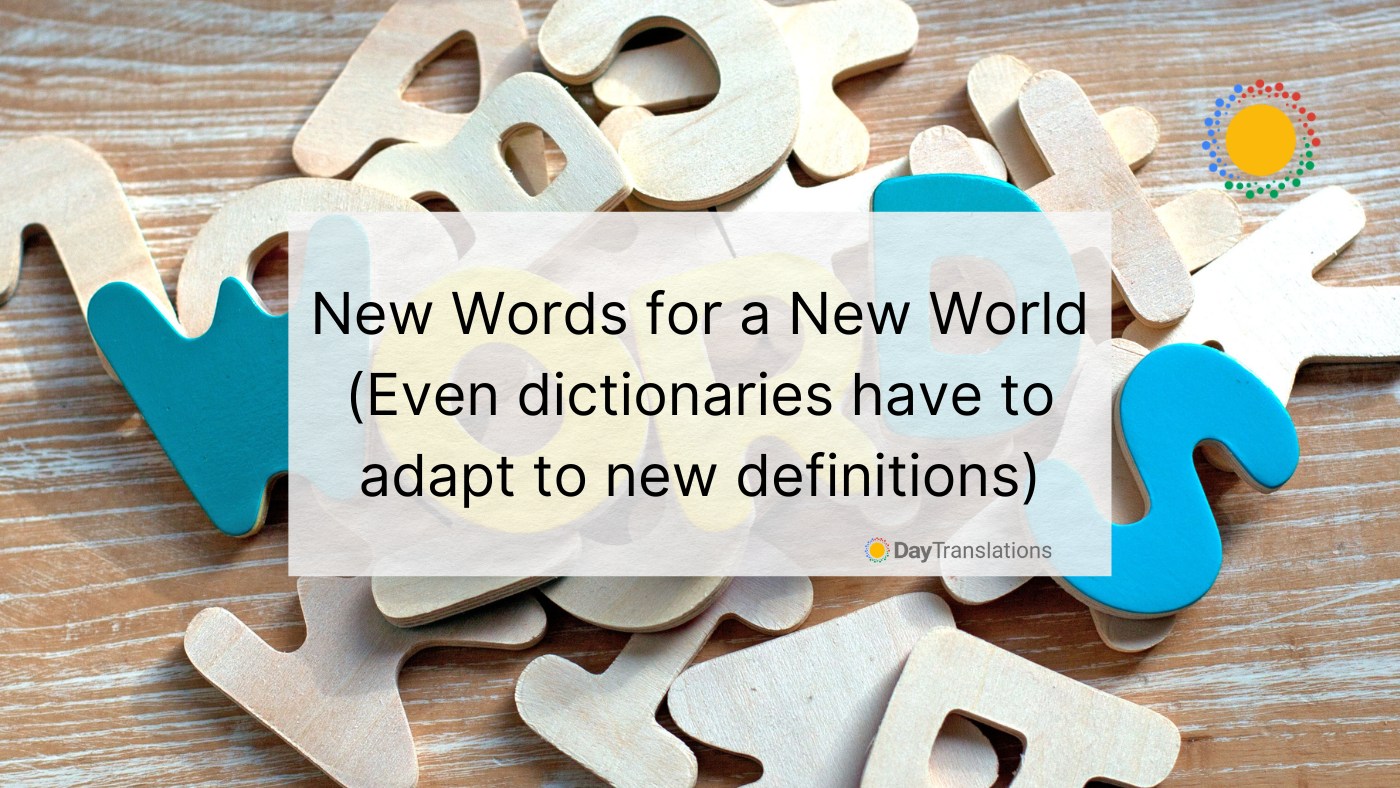Vietnamese or “tiếng Việt” in the vernacular, is the official and national language of the Vietnamese people or “Kinh” living in Vietnam and the Vietnamese people located in many parts of the world since 1954. Several ethnic minorities in Vietnam also speak Vietnamese as their first or second language of choice.
The language is part of the Austroasiatic family of languages, spoken in South Asia as well as in part of China, Bangladesh and India. Only Mon, Khmer and Vietnamese have recorded histories while Khmer (Cambodia) and Vietnamese (Vietnam) are the only two languages that been given official status.
There are about 82 million Vietnamese speakers scattered around the world although the majority are in Vietnam. With several countries taking in Vietnamese refugees during the 16-year military conflict that ravaged the country, there are several Vietnamese communities in other countries such as Canada, Laos, Australia, Cambodia, France, China and the United States that have continued to speak their mother tongue, aside from French and whatever language the country they are in is speaking. With the sheer number of speakers of the language, it is ranked 17th most spoken language in the world.
Origin
Over 150 years ago, the language had been identified as part of the Mon-Khmer branch of the main language family, the Austroasiatic. Later it was known that it was more tightly connected to Mường, which established the sub-group called Việt-Mường. With the discovery of more minority languages that were related to the sub-group, it was given the term “Vietic.”
The written form of Vietnamese became official only during the 20th century, which for centuries used the standard set of classical Chinese characters. These were called Confucian script, or in Vietnamese, “chữ nho.” Around the 13th century, Vietnam invented its own set of characters, borrowing from Chinese characters but infused with phonetic elements that suited the Vietnamese language tones. The set of characters was called “Chữ nôm,” which was extensively used for the country’s literature and poetry during the 17th and 18th centuries. About 60% of Vietnamese words were borrowed from the Chinese.
Vietnam came under French rule from 1887 until 1940 that is why majority of Vietnamese people also speak and understand French. The French language also had a major influence in the alphabet of Vietnam. The alphabet in use today, called “quốc ngữ” used Latin alphabet with special marks called “diacritics” on certain letters and for tonal values.
Vietnamese language outside Vietnam
Large Vietnamese communities are found in the United States. It is estimated that there are more than a million Vietnamese in the U.S. and they still speak Vietnamese, with the language becoming the 7th most spoken languages in the country. In Texas it ranks 3rd most spoken language, while it is ranked 4th in Louisiana and Arkansas. In California where you are likely to find almost all races in the world Vietnamese is ranked as the fifth most spoken language. In Australia, it ranks sixth.
Vietnamese could be heard in the United Kingdom, France, China, Canada, Vanuatu and Cambodia. It is also widely used in Germany, Czech Republic, Finland, the Netherlands, Taiwan, Thailand and the Russian Federation.
Some useful phrases in Vietnamese
Even if you are not likely to travel to Vietnam, there might be chances of you encountering people who speak the languages. Here are some phases that might prove useful:
Welcome (Hoan nghênh / Được tiếp đãi ân cần)
Hello (Chào anh (if speaking to a male / Chào chị (if speaking to a female) / Á-lô! (if speaking on the phone)
How are you? (Anh khỏe không? (to a male) / Chị khỏe không? (to a female)
Fine, thanks. And you? (Khoẻ, cám ơn. Bạn thì sao?)
Long time no see (Lâu quá không gặp)
What’s your name? (Bạn tên gì?)
My name is... (Tôi tên là …)
Where are you from? (Ông từ đâu đến?)
I am from… (Tôi đến từ…)
Pleased to meet you (Hân hạnh gặp ông)
Good morning (Chào buổi sang)
Good afternoon (Xin chào)
Good evening (Chào buổi tối)
Good night (Chúc ngủ ngon)
Goodbye (Chào anh (to a male / Chào chị (to a female / Tạm biệt (general)
Good luck (Chúc may mắn!)
Excuse me/Sorry (Xin lỗi)
Thank you (Cảm ơn ông (to a male) / Cảm ơn bà (to a female) / Xin cảm ơn (general)
You’re welcome (Không có gì (response to thank you))














Sorry, the comment form is closed at this time.